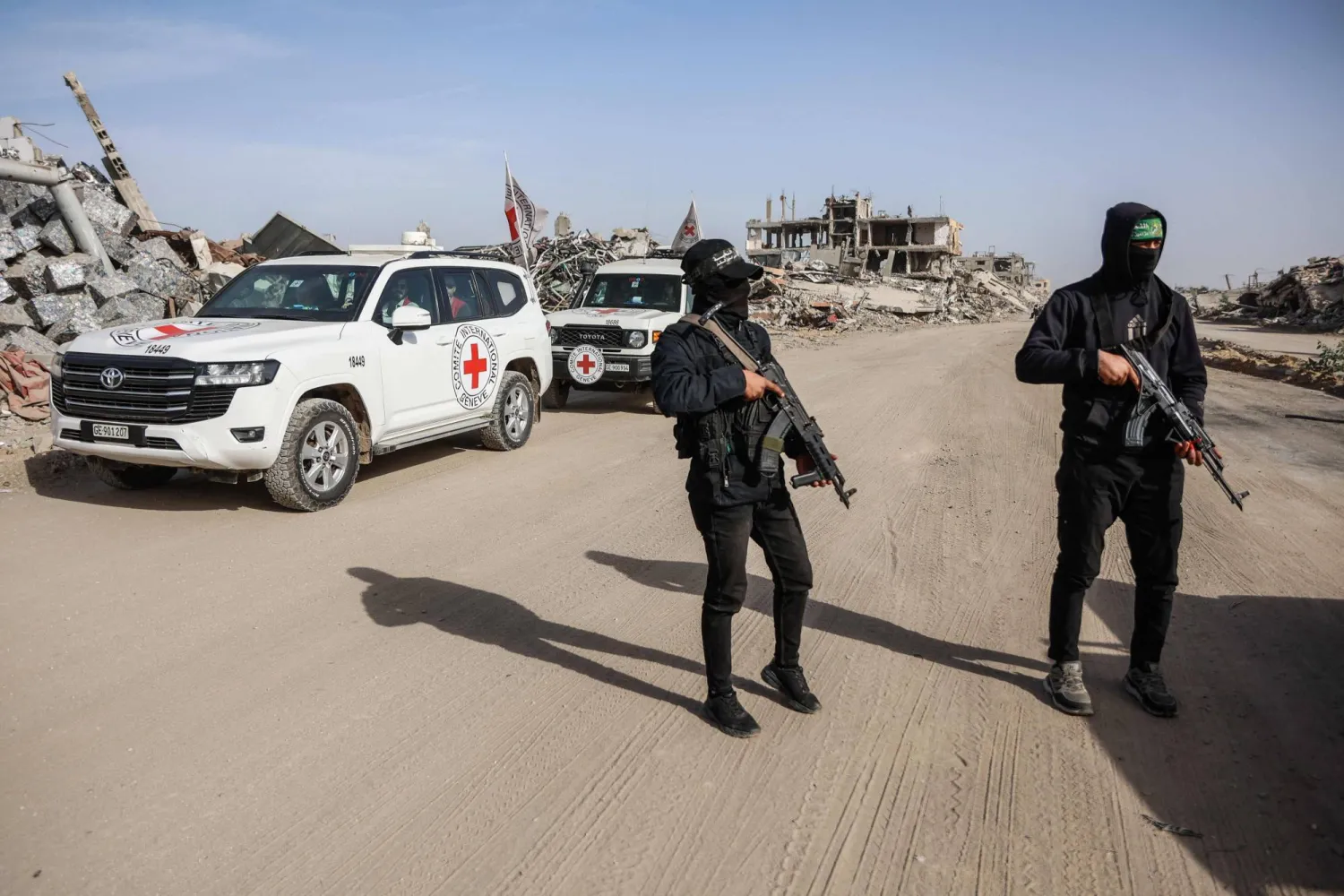In an attempt to avoid further escalation by Hezbollah, Lebanese banks have agreed with the Lebanese central bank to allow small depositors with dollar denominated accounts to withdraw their money in local currency.
Based on a circular issued by the central bank last week, the holders of accounts worth $3,000 or less will be able to withdraw their money in Lebanese pounds at the market rate, which is more than 50% higher than the official rate.
Speaker Nabih Berri received Central Bank Governor Riad Salameh on Tuesday, with whom he discussed the recent financial and monetary measures and the means to secure the money of small depositors.
Berri reaffirmed the need to deal with the “people’s banks deposits as sanctities that cannot be disposed of under any circumstances.”
The central bank's decision came a few days after a warning by Hezbollah. In a televised speech, the party's Secretary General, Hassan Nasrallah, said: “You are able to address the conditions of small depositors and students abroad, and this matter can no longer be tolerated.”
In remarks to Asharq Al-Awsat, well-informed sources said that Nasrallah’s rhetoric has pushed the banks to ease restrictions on withdrawals, “as the priority now was to provide the people with their money rather than searching for aid, especially in these difficult circumstances.”
“The party would have adopted greater escalatory steps if banks had not responded,” the sources underlined.
Banking sources told Asharq Al-Awsat that there were around 1.7 million accounts of less than $3,000. The total deposits of those accounts reach around $796 million, while the number of accounts, in which the value of deposits ranges between $3,000-20,000 is around 451,000, encompassing a total value of $4.2 billion.









